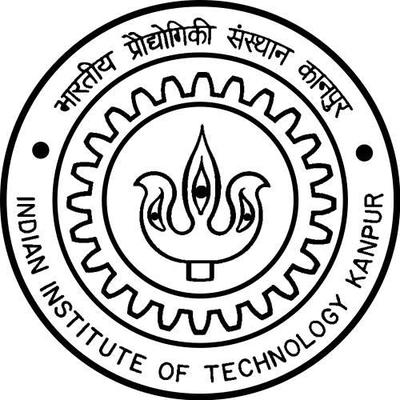Findings of the study the department of Chemical Engineering, IIT Kanpur published in the prestigious journal ‘Physical Review Letters’
Kanpur: It is common in hiking trails, in the winter months, to encounter frozen stagnant bodies of water (like ponds, lakes) while being required to cross flowing streams/rivers of liquid water. However, the impact of flow on the freezing nature of fluids is far from being understood.
For the first time, using a combination of molecular simulations and an analytical approach, a team of scientists from IIT Kanpur headed by Prof. Jayant K. Singh and Prof. Indranil S. Dalal of the Department of Chemical Engineering have examined how velocity with which liquids flow has an impact at the pace which crystallization (better known as nucleation amongst the science fraternity) takes place.
The study has found a place in the prestigious Physical Review Letters (PRL) the world’s premier physics letter journal and the American Physical Society’s flagship publication. Since 1958 it has contributed to APS’s mission to advance and diffuse the knowledge of physics by publishing seminal research by Nobel Prize–winning and other distinguished researchers in all fields of physics.
The study was conducted on different liquids like water, colloids (a liquid or solid which is very finely dispersed in another liquid, solid, or gas) as well as Lennard-Jones fluids, an intermolecular pair potential that helps understand the energy created due to the interaction between the pair of molecules.
Few surprising and interesting facts have been discovered during this research. The team observed a universal behavior of nucleation of fluids, irrespective of the molecular nature and interactions. The theoretical approach developed by the team holds the potential of probing temperatures that are currently inaccessible for experiments.
This path-breaking discovery provides a fundamental understanding of how supercooled liquids flow and crystallize and has far-reaching implications for future experiments and theoretical studies. The research also uncovered a new anomaly for water, which originates solely from the relationships between the transport properties at deep supercooling. Transport properties are nothing but the molecular properties of a substance that help understand the rate at which heat, momentum, mass are transferred, per unit volume.
PRL publishes short, high-quality reports of the most influential developments and transformative ideas in the full arc of fundamental and interdisciplinary physics research. It is distinctive in the depth and breadth of its coverage of the broad subfields of physics.

